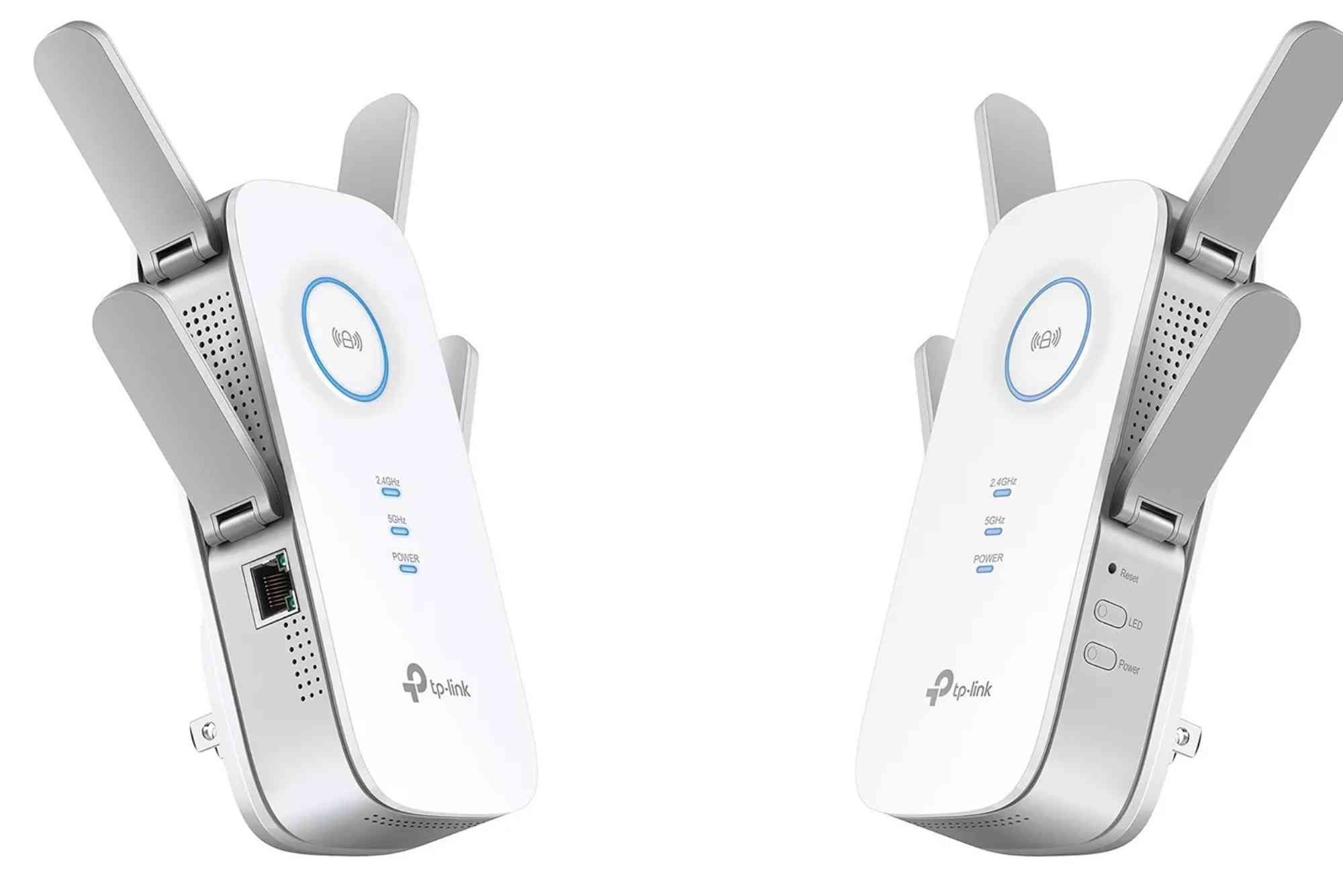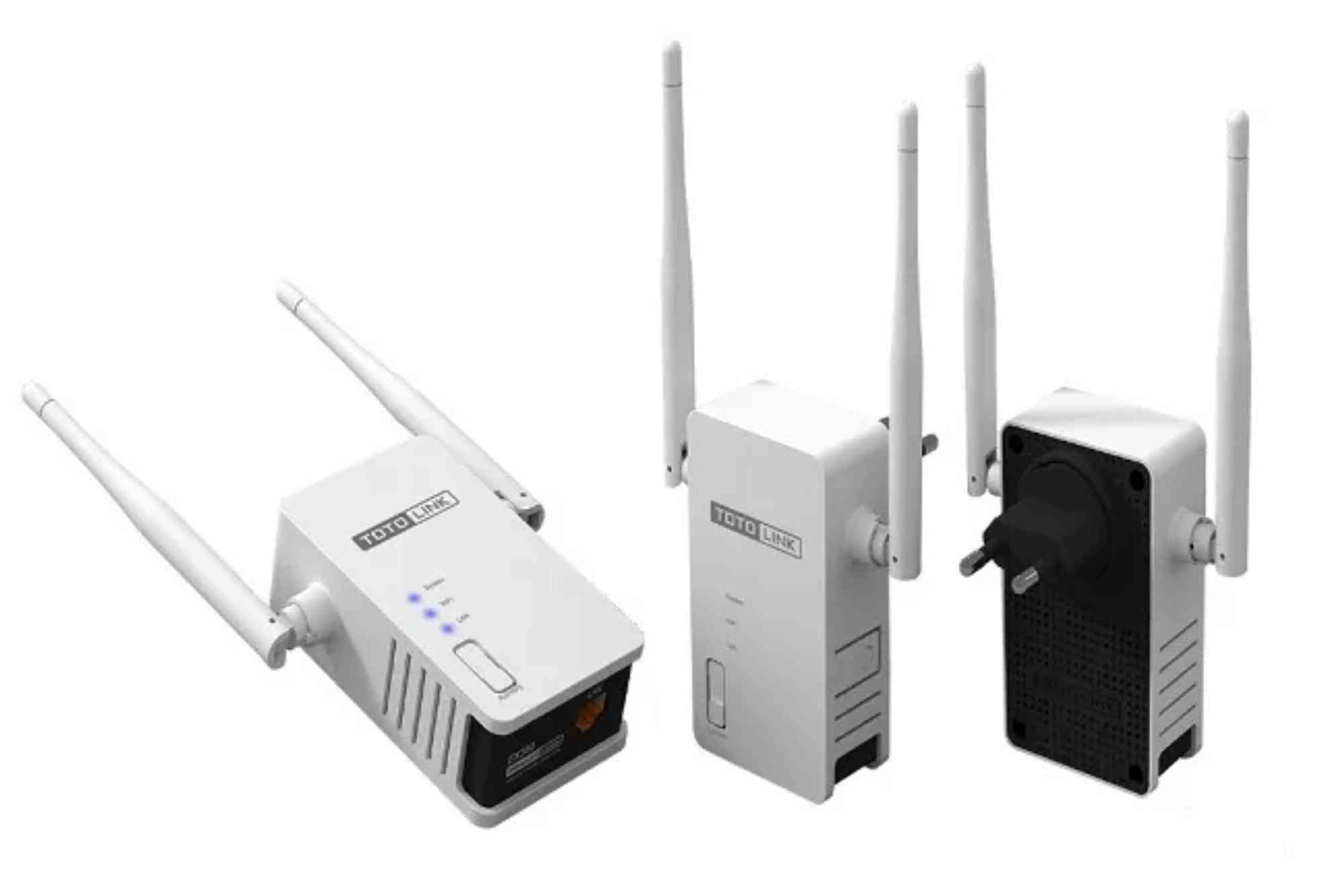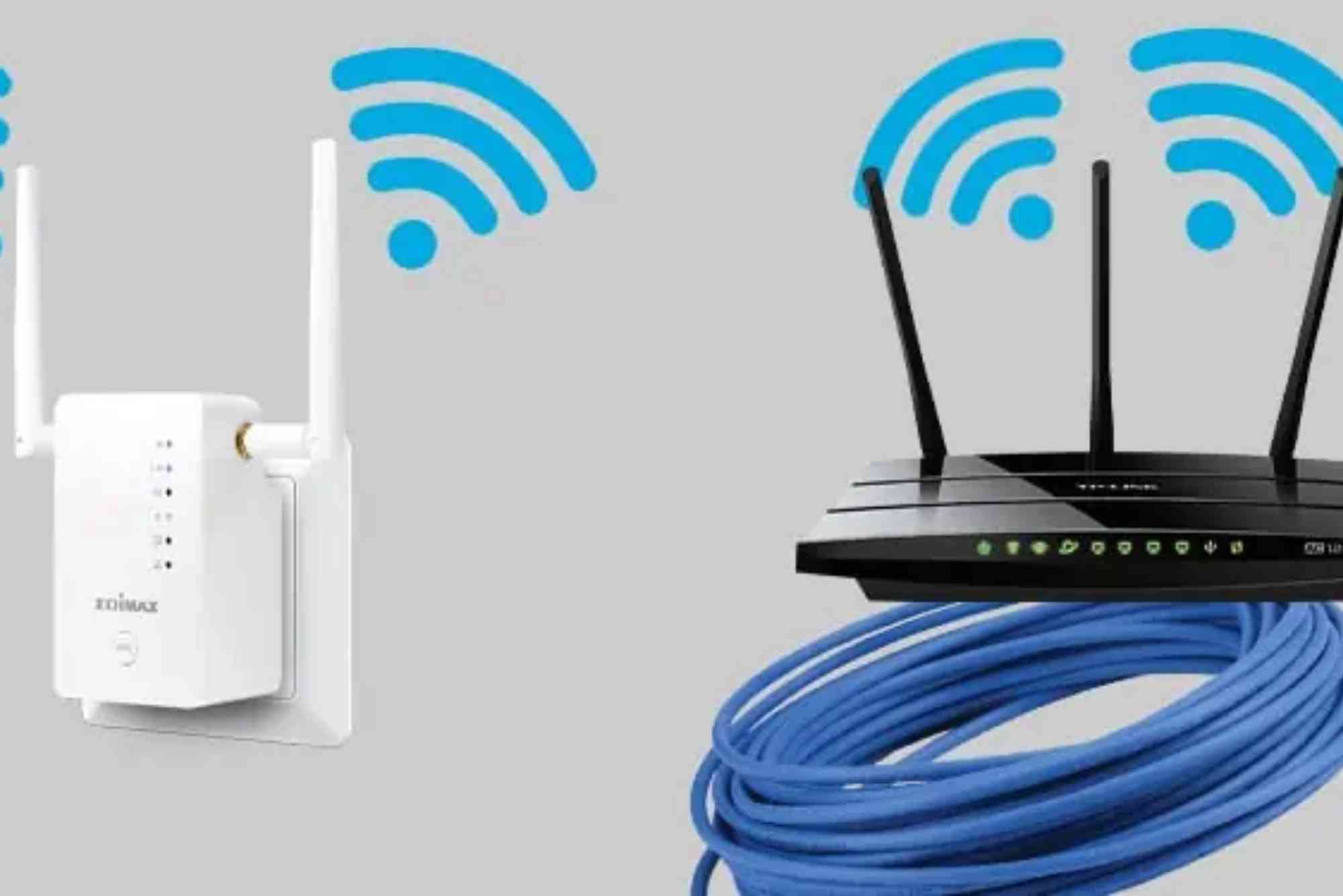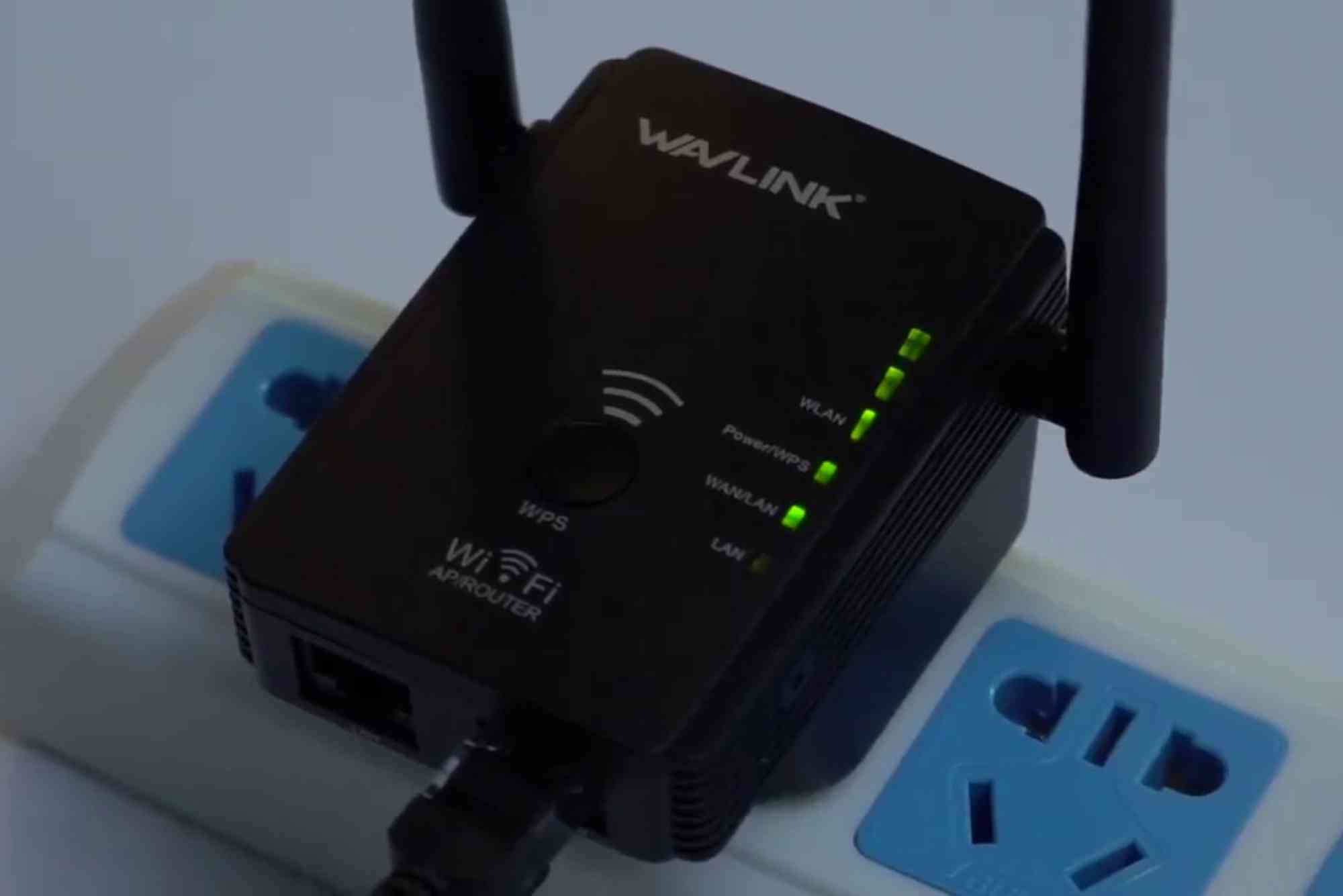Wi-Fi Frequency Bands Explained: 2.4 GHz vs 5 GHz
In today’s digital world, a stable Wi-Fi connection is as essential as electricity. Whether you’re streaming movies, attending online meetings, or gaming, the type of Wi-Fi band you use can significantly impact performance. You may have noticed that most routers offer two main frequency bands: 2.4 GHz and 5 GHz. But what do these numbers really mean? And how do you decide which band is best for your needs?
What Are Wi-Fi Frequency Bands?
A Wi-Fi frequency band refers to the range of radio waves that carry your wireless internet signal. Routers use these bands to transmit data between your device and the internet. The most common Wi-Fi frequency bands are 2.4 GHz and 5 GHz, each with unique strengths and weaknesses.
Think of frequency bands as highways. The 2.4 GHz band is like a long road with many cars—it has wider coverage but tends to get congested. The 5 GHz band is like a faster expressway with less traffic, but it doesn’t stretch as far. Understanding these differences is key to improving your online experience.
The 2.4 GHz Frequency Band
The 2.4 GHz band has been around longer and is widely supported by almost all devices. It operates on a lower frequency, meaning it can cover a larger area and penetrate walls and obstacles more effectively.
Advantages of 2.4 GHz
-
Better range: The signal travels farther, making it ideal for larger homes.
-
Compatibility: Almost every Wi-Fi-enabled device supports this band.
-
Wall penetration: The lower frequency penetrates walls and furniture better than higher frequencies.
Limitations of 2.4 GHz
-
Slower speeds: The maximum data transfer rate is lower compared to 5 GHz.
-
Congestion: Many household devices—like microwaves, cordless phones, and Bluetooth gadgets—use the same frequency, leading to interference.
-
Lower performance for streaming/gaming: High-bandwidth activities may experience lag.
Best Use Cases for 2.4 GHz
-
Connecting smart home devices (cameras, bulbs, thermostats).
-
Browsing the web or sending emails.
-
Large homes where Wi-Fi needs to reach distant rooms.
The 5 GHz Frequency Band
The 5 GHz band is newer and designed for faster performance. It operates at a higher frequency, which allows for greater data speeds but with a reduced range.
Advantages of 5 GHz
-
Faster speeds: Great for streaming, online gaming, and video calls.
-
Less interference: Fewer devices operate on this frequency, so the signal is cleaner.
-
Supports multiple devices: Handles heavy traffic better in busy households.
Limitations of 5 GHz
-
Shorter range: The signal does not travel as far as 2.4 GHz.
-
Poor wall penetration: Walls and floors can significantly weaken the signal.
-
Device compatibility: Some older devices do not support 5 GHz.
Best Use Cases for 5 GHz
-
Online gaming or HD video streaming.
-
Apartments or smaller homes with fewer obstacles.
-
Work-from-home setups requiring video conferencing.
Wi-Fi Frequency Bands Explained in Practice
Choosing between 2.4 GHz and 5 GHz is not just about speed—it’s about balance. If you live in a large home and need coverage in every corner, 2.4 GHz might be the better choice. However, if your priority is smooth video streaming or lag-free gaming, 5 GHz should be your go-to.
Most modern routers now offer dual-band Wi-Fi, which means they broadcast both frequencies at the same time. This allows devices to connect to whichever band suits them best. For example, your smartphone may automatically choose 5 GHz for speed while your smart thermostat sticks to 2.4 GHz for range.
How to Check Which Band You’re Using
It’s easy to find out whether your device is connected to 2.4 GHz or 5 GHz:
-
On Windows, go to Wi-Fi settings, select your network, and view properties.
-
On macOS, hold the Option key, click the Wi-Fi icon, and check the channel.
-
On smartphones, most Wi-Fi settings will display the frequency directly.
If your connection feels sluggish, switching to the other band may solve the problem instantly.
Common Myths About Wi-Fi Frequency Bands
“5 GHz is always better than 2.4 GHz.”
Not true. While 5 GHz offers faster speeds, it’s not ideal for long distances or through multiple walls.
“2.4 GHz is outdated.”
Incorrect. Many smart devices still rely on 2.4 GHz, and it remains useful for wide coverage.
“Using both bands causes interference.”
False. Dual-band routers are designed to manage both frequencies without conflict.
Tips for Optimizing Wi-Fi Performance
-
Position your router properly: Keep it in a central, elevated spot.
-
Use dual-band routers: Let devices choose the most suitable band automatically.
-
Avoid physical obstructions: Thick walls and metal objects reduce signal strength.
-
Reduce interference: Keep routers away from microwaves and cordless phones.
-
Consider mesh Wi-Fi systems: For large homes, a mesh system provides seamless coverage.
Real-World Example: Improving Connectivity
Imagine you’re streaming a 4K movie in your living room while someone upstairs is attending a Zoom meeting. If both devices use 2.4 GHz, congestion may cause buffering. By switching the streaming device to 5 GHz, you’ll enjoy smooth playback while the upstairs connection remains stable on 2.4 GHz.
This balance demonstrates why understanding Wi-Fi frequency bands is crucial for modern households.
For advanced solutions, local providers like Dhanote Internet Services often offer routers and plans that maximize both bands, ensuring smooth browsing and streaming experiences.
Future of Wi-Fi Frequency Bands
With the introduction of Wi-Fi 6 and Wi-Fi 6E, things are evolving even further. Wi-Fi 6E introduces the 6 GHz band, which offers even faster speeds and lower latency. While not yet as widespread, it’s a glimpse of the future, especially for gamers and professionals needing top-tier connectivity.
Still, the basics remain the same: balancing range and speed depending on your needs.
Understanding Wi-Fi frequency bands explained in detail helps you make better choices for your internet use. The 2.4 GHz band offers range and compatibility, while the 5 GHz band delivers speed and reduced interference. By learning how to balance both, you can unlock the full potential of your network.
If your internet feels slow or unreliable, the issue might not be your service provider—it could be your band selection. Take control of your Wi-Fi experience by choosing the right frequency for the right task. Ready to optimize your connection? Explore advanced options and tailored solutions with Dhanote Internet Services to enjoy seamless streaming, gaming, and browsing today.
FAQs
Is 2.4 GHz or 5 GHz better for gaming?
5 GHz is generally better for gaming due to its higher speeds and lower latency.
Which Wi-Fi band has a longer range?
2.4 GHz has a longer range and better wall penetration, making it ideal for larger spaces.
Can I use both 2.4 GHz and 5 GHz at the same time?
Yes, dual-band routers allow devices to connect to either band simultaneously.
Why does my 5 GHz Wi-Fi keep disconnecting?
This usually happens because of range limitations. Moving closer to the router can help.
Do all devices support 5 GHz Wi-Fi?
No, older devices may only support 2.4 GHz. Always check your device’s specifications.








